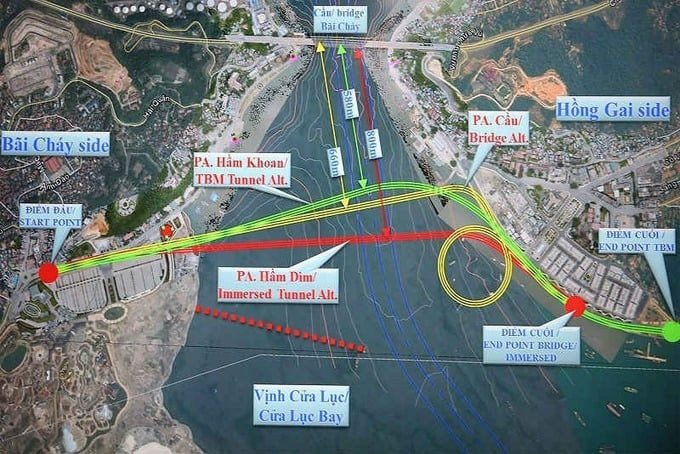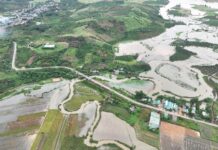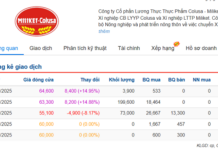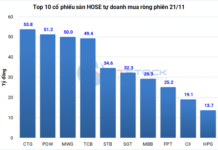Once dubbed the ‘project of the century’ in Quang Ninh, this ambitious undertaking required a substantial investment and highly advanced technology and engineering. The Cua Luc Bay underground tunnel project in Ha Long City was initially slated by the provincial government for commencement in 2019, with an estimated completion date of 2025.
In 2019, the total investment cost for the Cua Luc Bay tunnel project was estimated by the Quang Ninh People’s Committee to exceed VND 9,780 billion, to be funded by the provincial budget. To secure this substantial investment, Quang Ninh planned to allocate approximately VND 2,000 billion annually from its budget.
While this project is classified as a special one, it is not considered a national project. Therefore, Quang Ninh sought and obtained approval from the Prime Minister to fund it independently through provincial budget balancing.
As per the design specifications, the Cua Luc Bay tunnel would run parallel to the Bai Chay Bridge, featuring six lanes and a total length of approximately 2,750 meters. Of this, the tunnel itself would measure 2,140 meters, comprising a 1,000-meter immersed tunnel and an 1,140-meter access tunnel.
The tunnel is designed to be positioned no more than 17 meters below the seabed, shallower than the Thu Thiem tunnel’s depth of 24 meters. Vehicles will be able to traverse the tunnel at speeds of up to 60 km/h, and the structure will be capable of withstanding earthquakes of up to 6 on the Richter scale.
However, the construction site for the Cua Luc tunnel is relatively complex due to its location at the river mouth, with strong currents and natural conditions that include caster caves. It also serves as a maritime traffic route for several ports. Consequently, the design proposals and construction plans must be meticulously calculated and carefully considered.

The area where the underground tunnel will be constructed
During the research and development phase of this project, the Quang Ninh provincial government invited numerous domestic and international expert delegations to participate in geological and topographical surveys of the tunnel’s proposed location.
Despite the initial plans to commence construction in 2019, the project was temporarily halted to allow the province to focus its resources on other critical transportation infrastructure projects, such as the Cua Luc 1 (Love Bridge) and Cua Luc 3 (Binh Minh Bridge). These projects aimed to expand the urban area following the merger of Hoanh Bo district into Ha Long City.
Currently, the road connection between the Hon Gai and Bai Chay areas of Ha Long City relies solely on the Bai Chay Bridge, often resulting in significant travel delays of up to half an hour or more. Moreover, this connection can be disrupted during strong winds and storms.
Recently, the Prime Minister approved the Ha Long City master plan until 2040, which includes the construction of the Cua Luc Bay tunnel to facilitate vehicular traffic between the two sides of the bay.
Quang Ninh province is committed to completing the system of bridges and roads connecting the northern side of Cua Luc Bay. This includes upgrading existing bridges to ensure they meet the required technical standards and can handle the anticipated traffic volume. Additionally, land has been reserved for the construction of the Cua Luc Bay tunnel, which will link Bai Chay and Hon Gai in Ha Long City.
Upon completion, the tunnel will not only provide convenient transportation between the two sides of Cua Luc Bay but also alleviate the traffic burden on the Bai Chay Bridge and National Highway 18 within the city. It will ensure uninterrupted travel during the rainy and stormy seasons, connect the Bãi Cháy-Hạ Long-Cẩm Phả coastal road, contribute to the preservation and promotion of the world natural heritage site of Ha Long Bay, expand the city’s seaside space, create a scenic architectural highlight, and boost tourism development.
The completion of the Cua Luc Bridge is expected to ensure smooth and safe transportation in the area. As Vietnam’s longest sea-crossing tunnel, it signifies the dynamic growth of a modern coastal city and marks a significant step forward in the province’s infrastructure development.







































